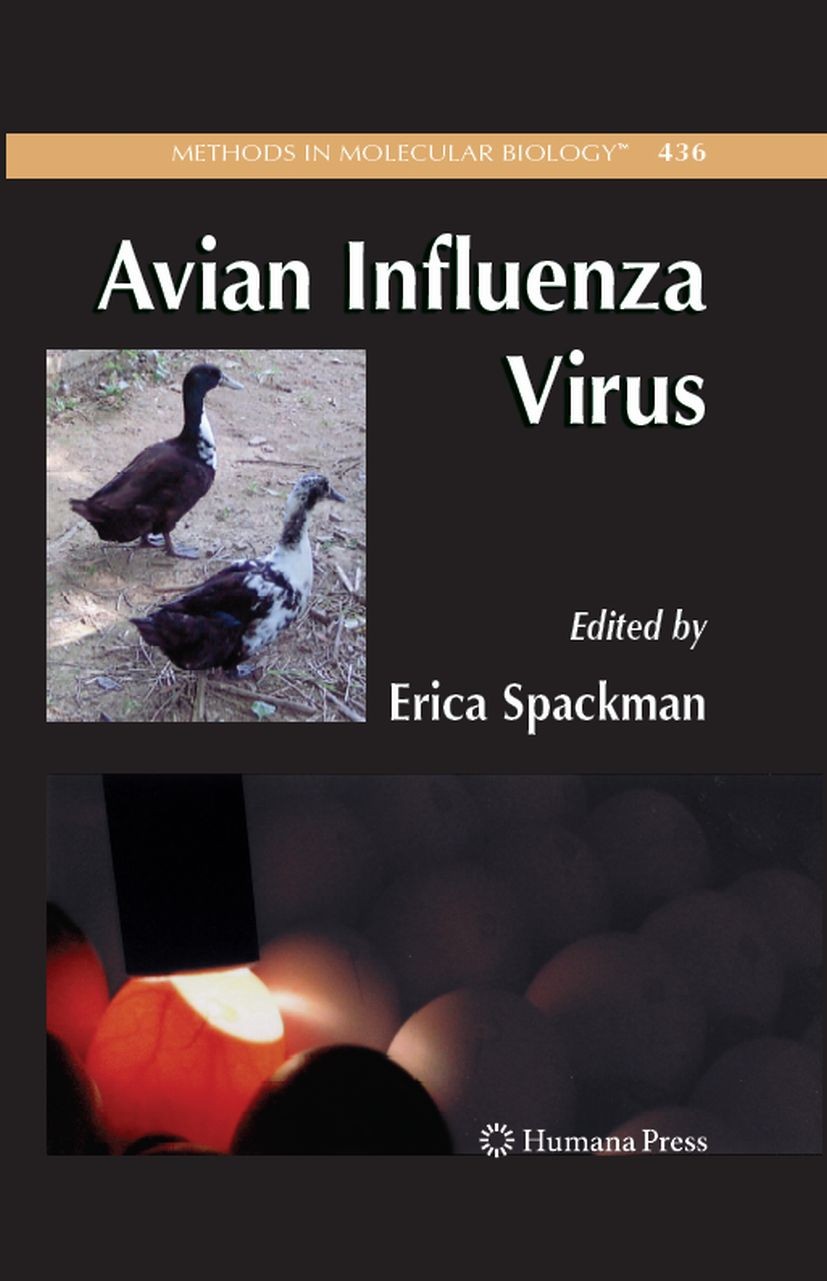| 期刊全称 | Avian Influenza Virus | | 影响因子2023 | Erica Spackman | | 视频video | http://file.papertrans.cn/167/166973/166973.mp4 | | 发行地址 | Contains protocols for virus detection, isolation and propagation, and virus characterization.Includes cellular immunological methods and immunohistochemistry with a focus on avian hosts.Covers revers | | 学科分类 | Methods in Molecular Biology | | 图书封面 |  | | 影响因子 | The avian influenza (AI) virus, which is the type A influenza virus adapted to an avian host, has been an important pathogen for the poultry industry worldwide for many years. Although the cause was unknown at the time, one of the first recognized outbreaks of highly pathogenic AI (HPAI) virus occurred in Europe in the 1870s. Since 1955, when the AI virus was first identified, there have been about 24 outbreaks of the HPAI virus in domestic poultry worldwide. Of those, perhaps the most consequential HPAI virus strain to emerge has been the Asian H5N1 HPAI virus, which was first seen in Southeast Asia around 1997. Until sometime in 2003, this strain had been mainly involved in sporadic outbreaks and was relatively contained. Then in 2004, reports of infection in poultry increased throughout Asia at about the same time as fatal cases of human infections in several Southeast Asian countries were confirmed. By 2006, the virus had spread further throughout Asia, into Africa and Europe, and as far west as the United Kingdom. | | Pindex | Book 2008 |
The information of publication is updating

|
|
 |Archiver|手机版|小黑屋|
派博传思国际
( 京公网安备110108008328)
GMT+8, 2025-11-13 01:17
|Archiver|手机版|小黑屋|
派博传思国际
( 京公网安备110108008328)
GMT+8, 2025-11-13 01:17


